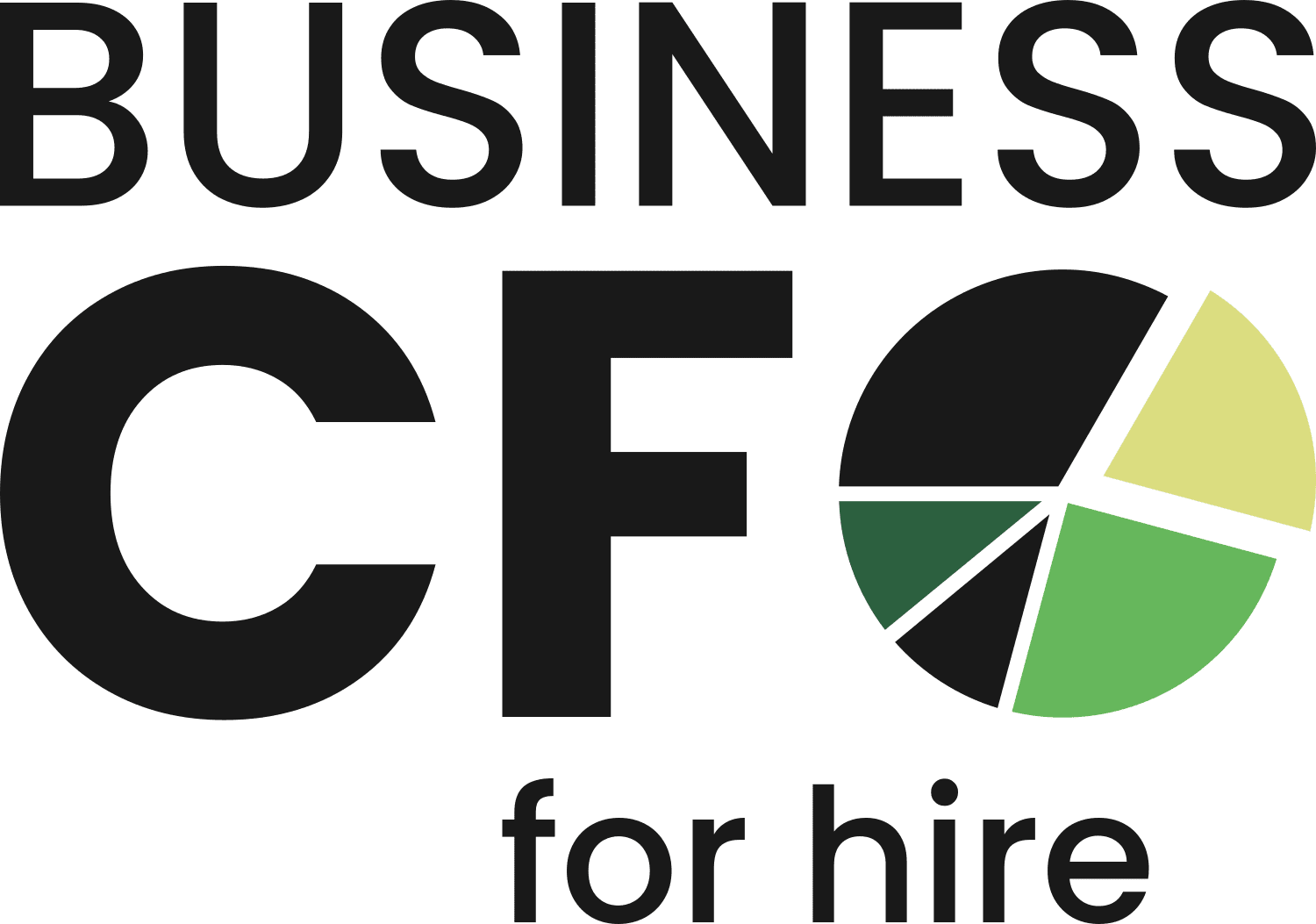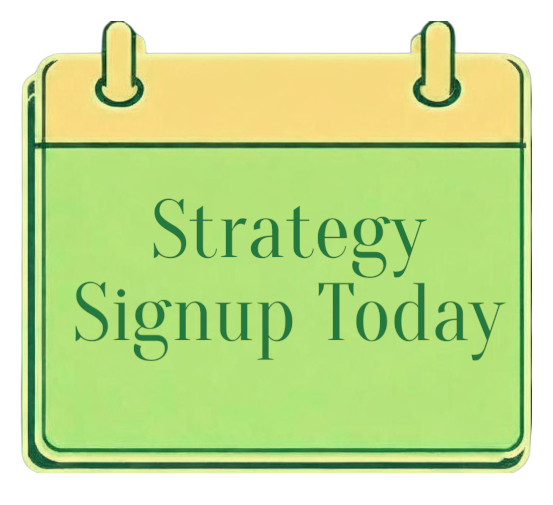When business growth outpaced cash alignment, it means a company’s sales and operations are expanding faster than its available cash or financing can support. This disconnect can create critical financial risks.
Choosing the correct form of cash or capital injection is of paramount importance in this specific circumstance. The right funding ensures not only immediate liquidity but also supports sustainable, strategic growth without creating future financial strain.
Lastly, determining how much cash or capital to inject during rapid growth is critical—taking too much can lead to overleveraging, while too little can starve growth. Overleveraged businesses are highly vulnerable to downturns and may lose operational control, access to new funding, even viability and in many instances bankruptcy.
Here’s how this situation typically develops and what steps to take next and considerations to consider when selecting cash or capital
How This Happens
- Rapid increases in sales, new contracts, or expansion into new markets lead to rising receivables, inventory, and payroll obligations before equivalent cash inflows arrive.
- Payment terms given to customers may be longer than payment terms from suppliers, meaning cash leaves quickly but arrives slowly.
- Investments in equipment, staffing, and infrastructure outpace incoming payments, tying up cash in assets or working capital.
- Over-optimism: Leaders may scale operations on projections, assuming revenue will convert quickly to cash, ignoring collection lags or unexpected expenses.
What’s Next: Key Actions
- Diagnose your cash conversion cycle, tracking how quickly sales turn into cash and identifying bottlenecks in receivables, payables, or inventory.
- Tighten credit policies, accelerate collections, offer early payment incentives, and actively manage overdue accounts.
- Reforecast cash flow immediately—update projections weekly or even daily, adjusting for real-time data and worst-case scenarios.
- Reduce cash burn: Pause or sequence growth initiatives, renegotiate supplier terms, defer nonessential spending, and review headcount plans.
- Consider financing options—line of credit, short-term loans, or factoring—to temporarily bridge the gap but ensure they’re sustainable.
- Communicating with stakeholders to build trust and buy time: transparency with investors, lenders, and team members is crucial.
Why Funding Choice Matters
- The wrong funding type—such as expensive short-term debt for long-term needs—can increase costs, risk, or restrict future flexibility.
- Alignment of funding source (e.g., working capital loan, equity, factoring, asset-based lending) with the business’s operational timeline and cash flow needs reduces the risk of liquidity crises or disruptive payback schedules.
- Strategic capital can provide more than cash: it may include access to expertise, networks, or operational discipline that add value beyond the initial injection.
Key Considerations When Selecting Cash or Capital
- Purpose: Match the funding structure to the business need—short-term loans for inventory or receivables, longer-term solutions for equipment or growth investments.
- Cost and Terms: Analyze interest rates, repayment timing, covenants, dilution effects (for equity), and penalties for early or late payments.
- Flexibility: Assess how easily funds can be drawn or repaid as circumstances change — line of credit offers greater flexibility than a fixed-term loan.
- Impact on Control: Equity dilution or convertible debt may impact future decision-making and ownership structure.
Calculating the Right Amount of Cash Required
- Assess actual current needs: Start with realistic cash flow projections, operational costs, and capital spending for milestones—then add a financial cushion (often 30–50% above initial estimates to absorb unforeseen delays or overruns).
- Consider strategic goals: Align capital raised with planned growth, runway to next milestone, and flexibility for adverse scenarios.
- Benchmark against peers: Compare intended raise and leverage ratios with industry standards for similar-sized businesses.
Overleveraged: Red Flags and Risks
- Difficulty servicing debt, shrinking profitability, and limited access to new capital are key signs.
- If debt payments consume a high proportion of operating cash flow, or debt-to-equity ratio climbs well above industry norms, leverage may be excessive.
- Over-leverage restricts future borrowing, deters new investors, and increases operational risk—especially in economic downturns.
Guardrails for Avoiding Overleverage
- Diversify funding sources—mix debt, equity, and retained earnings to reduce risk.
- Monitor financial ratios monthly (debt-to-equity, debt-to-assets) and perform stress tests to ensure capacity for adverse market conditions.
- Use proceeds to build cash reserves and pay down high-cost debt before targeting aggressive investments.
Finding the right balance means raising enough to secure growth and resilience, without creating unsustainable debt or compromising future control.
Proactive Steps
- Work with a trusted tenured CFO to stress-test different funding scenarios and choose the option that best aligns with your operational reality and strategic goals.
- Communicate transparently with existing stakeholders about capital plans to ensure confidence and minimize friction during rapid transitions.
This careful and strategic approach to capital helps ensure that rapid growth becomes a sustainable advantage rather than a destabilizing risk.
Key Takeaway
Growth that isn’t matched by cash discipline and visibility can create a silent crisis. Proactive monitoring and fast action can realign operations, safeguard liquidity, and set the stage for sustainable expansion.



